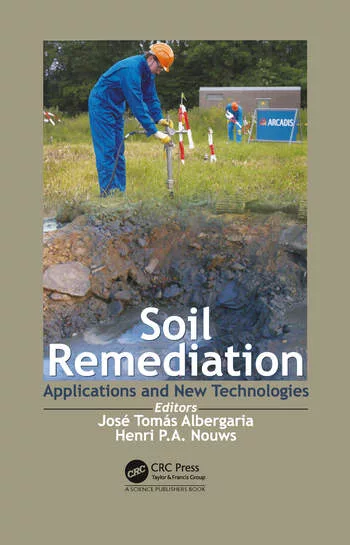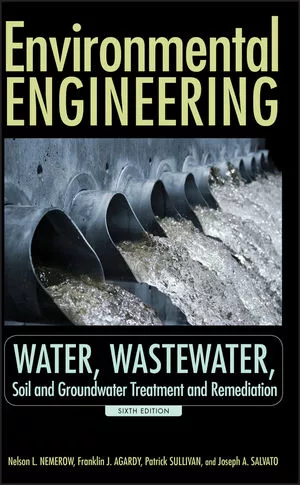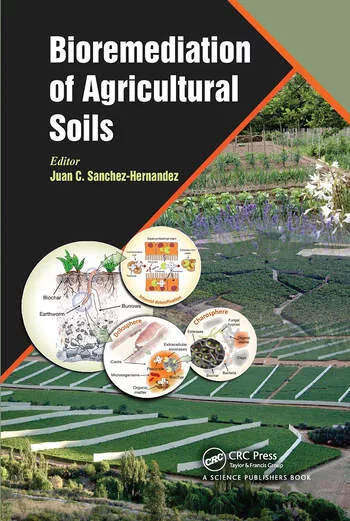Microplastics from Advanced Fertilizers Pose New Environmental Challenge
Nutrients enclosed within a plastic-based coating are key to limiting nutrient loss, but the microplastic remnants are accumulating
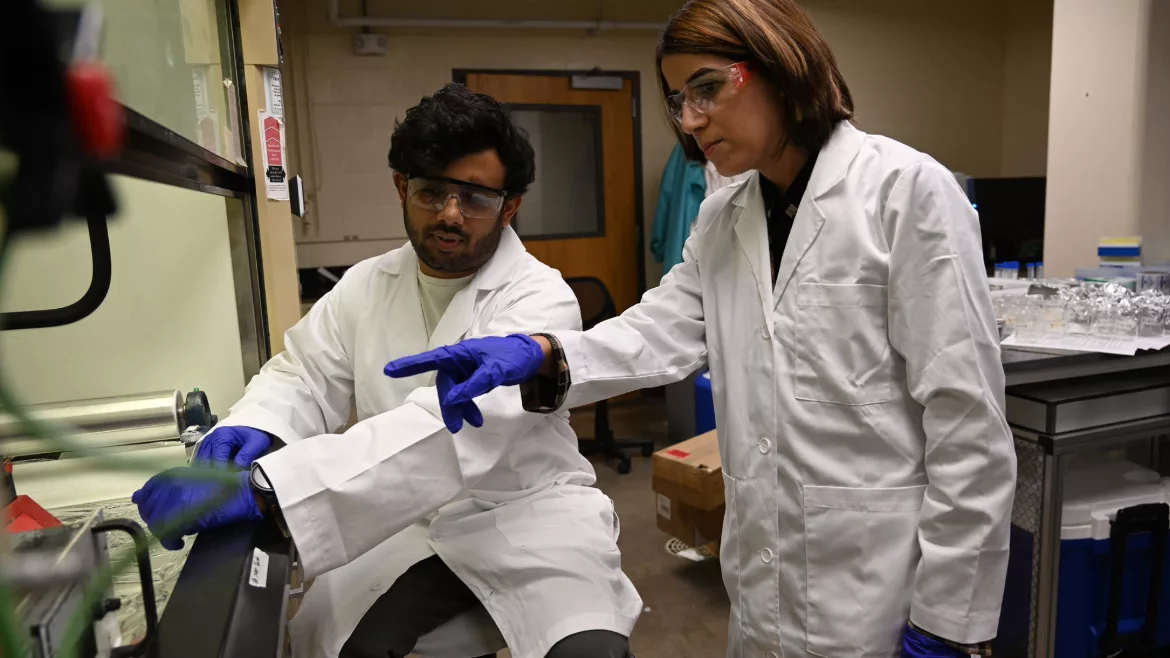
Courtesy of the University of Missouri
In the quest for more efficient farming, a widely-adopted solution may be creating an unexpected environmental challenge. New research from the University of Missouri reveals that polymer-coated controlled-release fertilizers (PC-CRFs), designed to optimize nutrient delivery to crops, are leaving behind a troubling legacy: microplastic pollution in agricultural soils.
"These fertilizers are more nutrient-efficient compared to conventional ones," explained Dr. Maryam Salehi, associate professor of civil and environmental engineering at the University of Missouri. "But there's a trade-off we need to understand."
In an interview with Remediation Technology, Salehi said the innovation behind PC-CRFs lies in their design – nutrients are enclosed within a plastic-based coating that gradually releases contents through tiny pores when exposed to water. This controlled release prevents the rapid nutrient loss common with traditional fertilizers, potentially reducing runoff into waterways that contributes to problems like the Gulf Dead Zone.
The process works through osmotic pressure, Salehi explained. When the coated fertilizer absorbs water, it creates pressure that gradually diffuses nutrients through the coating's pores and into the agricultural soil. "As these nutrients are releasing, the coating experiences stresses because the core is expanding," she said.
However, Salehi's research has uncovered a concerning side effect. As these fertilizers break down, they don't just release nutrients – they also shed microplastics into the soil. The fate of these particles varies depending on their size and environmental conditions.
"If they're very tiny, they can penetrate deep into the soil column," Salehi noted. "Larger particles tend to accumulate in topsoil, where they can be transported by wind or water." The researcher pointed out that many of these plastic particles, particularly those made from polyethylene, can float easily in water, making them more mobile than soil particles themselves.

Photo by James Baltz on Unsplash
The challenge becomes more complex when considering agricultural practices. "When someone walks on the soil or a tractor passes over it, it applies mechanical forces to these coating remnants," Salehi explained. These forces can further break down the materials into smaller plastic particles.
The research team is now collaborating with soil health experts to understand the broader implications. Key questions remain about how these microplastics interact with different soil types and whether they affect soil health or crop productivity. There's also concern about their potential transport to nearby water bodies through stormwater runoff or irrigation.
The research specifically examined these effects in silty loam soil, a common soil type in agricultural regions. However, with hundreds of different soil types existing even within single states, the team acknowledged the need for broader testing across various soil conditions.
The research team's findings were published in the Journal of Hazardous Materials, though Salehi emphasized that the presence of plastics in agriculture shouldn't necessarily be labeled as hazardous.
"These materials are providing significant benefits, particularly in nutrient efficiency," she said. "With conventional fertilizers, nutrient loss to rainwater is a major concern. The coated fertilizers help limit this release."
While the findings raise concerns, Salehi was careful not to demonize the technology.
"Plastics are everywhere in agriculture – from mulch films to irrigation pipes – and they provide important benefits," she said. "What we need is more research to understand the impacts and develop better alternatives."
The team is actively working on outreach programs to inform farmers about various sources of plastic pollution in agriculture and to recommend sustainable alternatives and mitigation strategies. One potential solution could be the development of biodegradable coatings, though Salehi cautioned that even these require careful study to understand their breakdown patterns and intermediate effects.
The complexity of biodegradation presents its own challenges. "It will take some time for biodegradable plastics to completely degrade," Salehi said, concluding that optimal degradation requires specific conditions of moisture and temperature – conditions that may not naturally occur in agricultural fields as quickly as in laboratory settings. "We need to understand the impacts during that interim period."



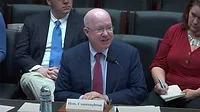
.webp?height=200&t=1663879182&width=200)
